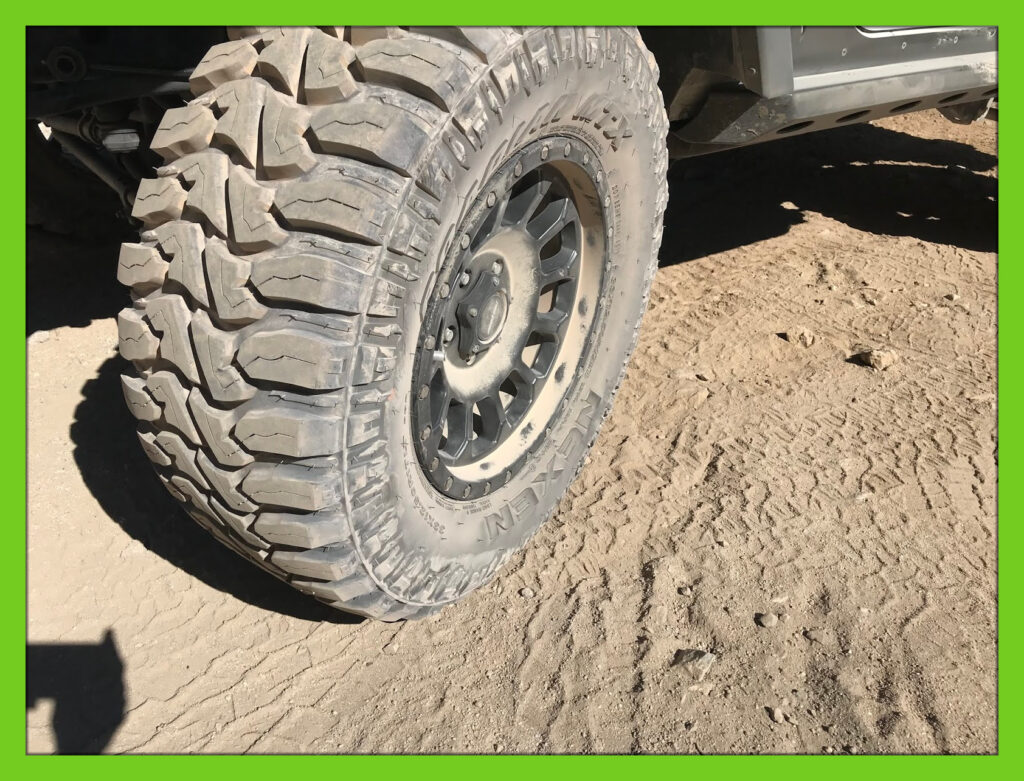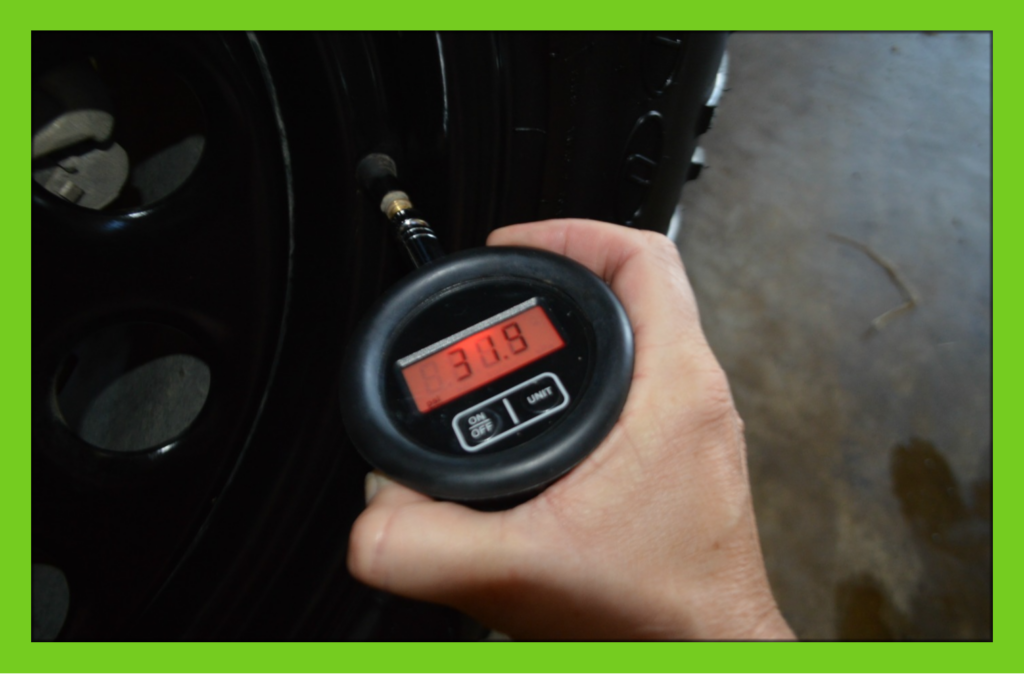Tire Care

Understanding the Importance of Tire Care

Tires are the critical point of contact between your vehicle and the road. Proper tire care and maintenance not only extends the life of your tires but also ensures optimal performance, safety, and fuel efficiency. Well-maintained tires provide better traction, reduce the risk of blowouts, and can improve your vehicle’s handling and fuel efficiency. Regular checks and maintenance can save you money in the long run by preventing premature tire wear and costly replacements.
Proper Tire Inflation

Maintaining the correct tire pressure is essential for a number of reasons. Underinflated tires can lead to decreased fuel efficiency, increased wear and tear, and even blowouts. Overinflated tires can also cause uneven wear and may lead to a less comfortable ride.
How to Check and Inflate Your Tires
Check the Recommended Pressure: Find your vehicle’s recommended tire pressure in the owner’s manual or on the sticker inside the driver’s door.
Use a Reliable Tire Gauge: Check the tire pressure when the tires are cold, preferably in the morning before you’ve driven.
Inflate Accordingly: Use an air compressor to adjust the tire pressure to the recommended level. Don’t forget to check the spare tire!
How to Check Tread Depth
Use a Tread Depth Gauge: This is the most accurate method. Insert the gauge into the tire’s tread groove and check the reading.
The Penny Test: Insert a penny into the tread groove with Lincoln’s head facing down. If you can see the top of Lincoln’s head, it’s time to replace the tire.
Rotating Your Tires
Choose the Right Pattern: The rotation pattern may vary based on whether your tires are directional or nondirectional and whether your vehicle is front-wheel, rear-wheel, or all-wheel drive. Consult your vehicle’s owner manual or a professional mechanic.
Additional Tips for Tire Care
Regular Inspections: Check for signs of wear or damage, such as cracks, bulges, or objects embedded in the tire.
Balancing: Have your tires balanced if you notice vibration at certain speeds. This can prevent uneven wear.
Alignment Checks: Misaligned wheels can cause uneven tire wear. Have your alignment checked if you notice your vehicle pulling to one side.
Proper tire care and maintenance is essential for ensuring the longevity and optimal performance of your tires. By regularly checking your tire pressure, tread depth, and rotating your tires, you can extend their lifespan and ensure your vehicle remains safe and efficient. Always consult your owner’s manual for specific recommendations and never hesitate to ask a professional for help if you’re unsure about any aspect of tire care and maintenance.
